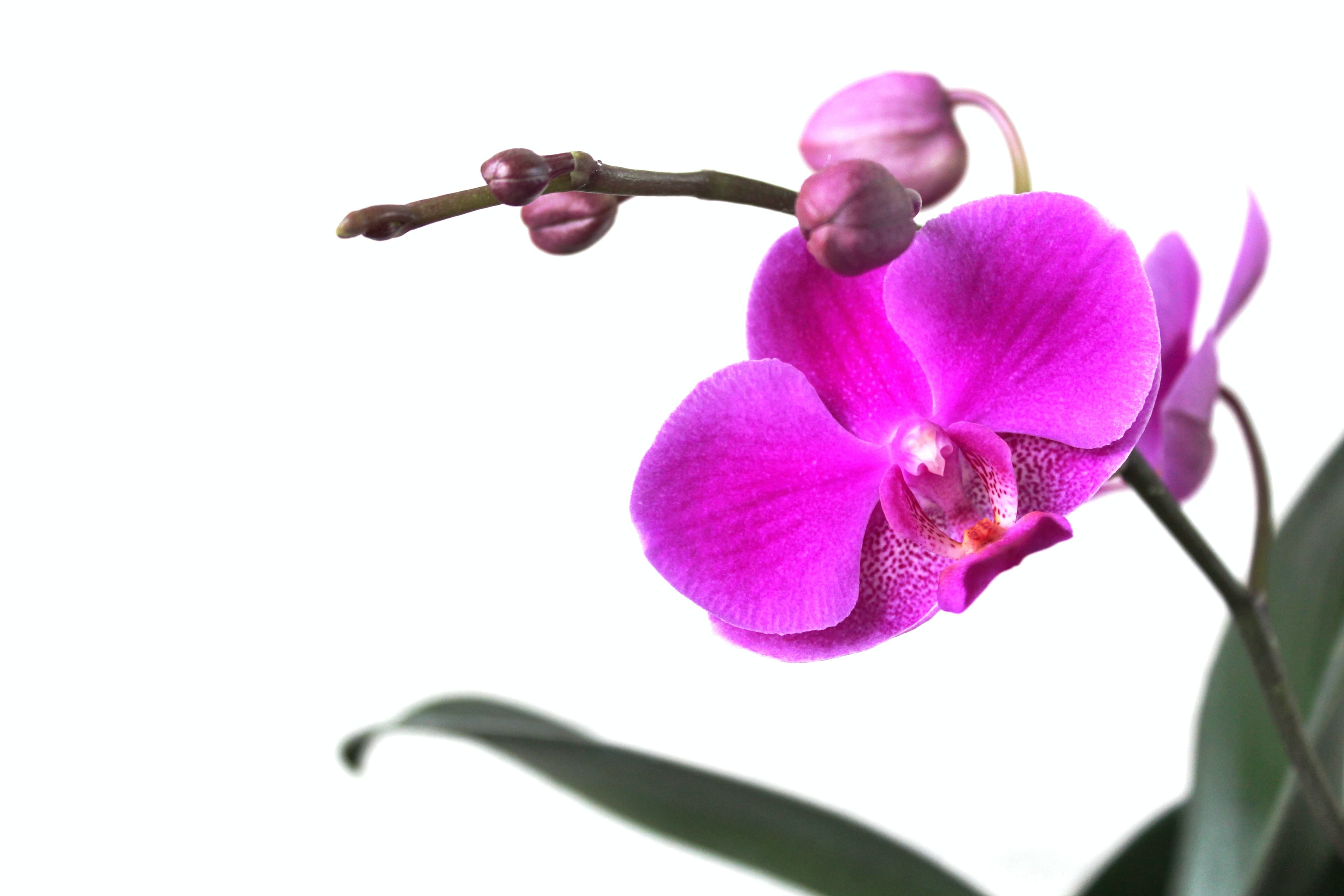Frequently Asked Questions About Cremation
Losing a loved one is never easy, and understanding your options can provide some peace of mind. Cremation is a meaningful choice for many families, but it often comes with questions. This guide is here to explain the process, options, and answers to the most commonly asked questions in a clear and simple way.

What Is Cremation?
Cremation is a process that uses heat to transform a person’s body into bone fragments. After the process, these fragments are processed into a finer texture, which are known as cremated remains. The process takes place in a special facility called a crematory and typically lasts 1-4 hours.
What Happens During the Cremation Process?
Preparation: The crematory confirms all paperwork, ensures the proper identification of the person, and gives them a unique number that is placed on a metal tag that stays with the person during the entire process.
Cremation: The body is placed in a specialized chamber. Intense heat breaks it down, leaving behind bone fragments.
Processing: The bone fragments are cooled and ground into a finer consistency and the tag and paperwork are again confirmed matching the identification of the person.
Return of Cremated Remains: The remains are placed in a plastic bag with the unique tag number and then placed in a secure container or urn and given back to the family.
What Can Be Done With Cremated Remains?
There are many options for what to do with cremated remains. Families can choose based on their preferences or their loved one’s wishes. Here are some ideas:
Keep them at home: Many people place the remains in a decorative urn.
Scatter them in nature: Popular options include scattering remains in the ocean, mountains, or another meaningful place. Be sure to check local laws.
Bury them: Cremated remains can be buried in a cemetery or family plot.
Place them in a columbarium: These are special walls or structures in cemeteries that hold urns.
Memorial jewelry: Some families choose to have a small amount of remains made into jewelry or keepsakes.
Planting with a tree: Eco-friendly options include mixing the remains with soil to grow a tree.
Solidified remains: This new method transforms remains into stone-like pieces that can be displayed or shared.
Why Do People Choose Cremation?
There are many reasons families choose cremation. Some find it to be more affordable than a traditional burial. Others appreciate the flexibility it offers, such as being able to hold a memorial service at a later date. Cremation is also seen as a more environmentally friendly choice by some.
Can You Still Have a Funeral With Cremation?
Absolutely! Families can hold a traditional funeral or a memorial service before or after the cremation. Some choose to have the cremation first and then hold a gathering to honor their loved one at a later date.
Is Cremation Environmentally Friendly?
Cremation has a smaller environmental impact than traditional burial, especially when paired with eco-friendly options like scattering remains or planting a tree. There are also alternative methods like aquamation, which uses water instead of fire and is considered even more environmentally friendly.
Do Different Religions Allow Cremation?
Cremation is accepted by many religions, but beliefs can vary. For example, Buddhism and Hinduism often favor cremation, while some Orthodox Jewish and Islamic traditions prefer burial. It’s important to consider personal beliefs or consult with a religious leader if you’re unsure.
How Do I Make Cremation Arrangements?
Making arrangements is easy. You can simply click “Get Started” in the header above to start making arrangements for cremation.